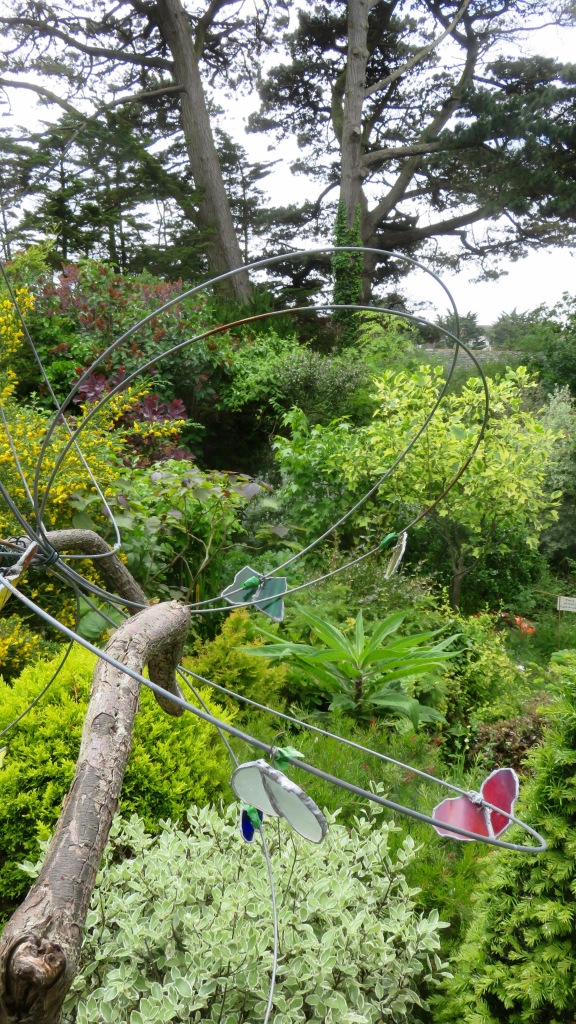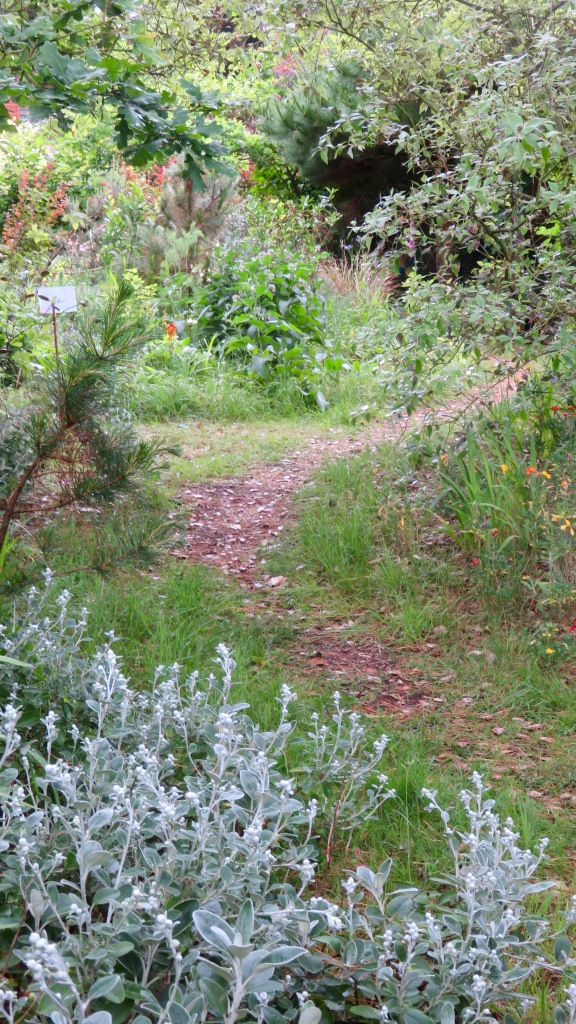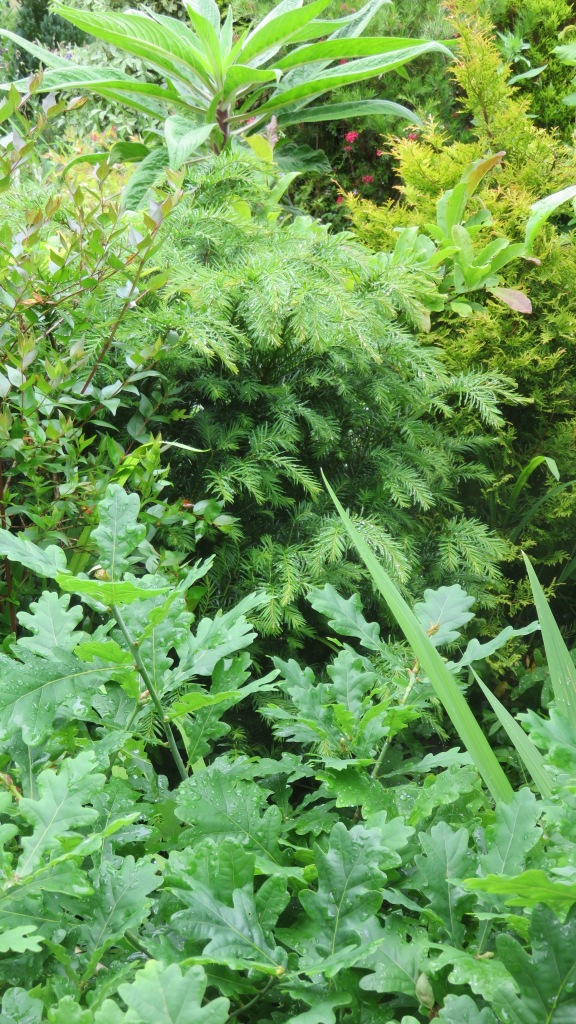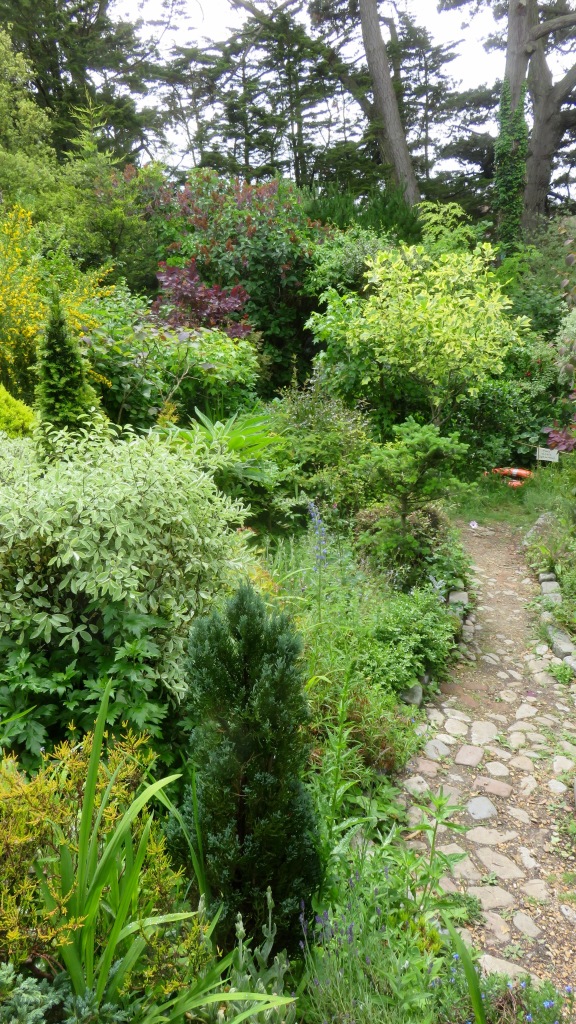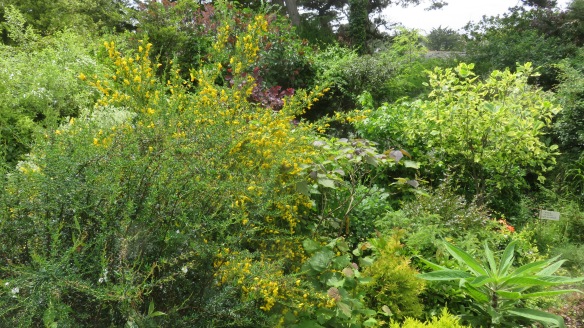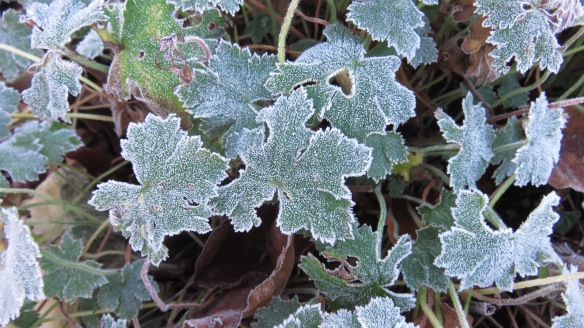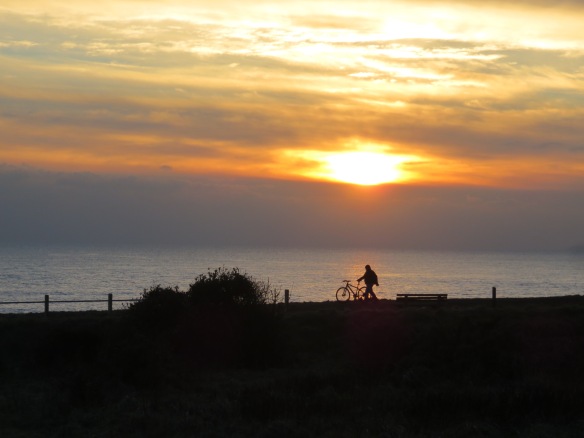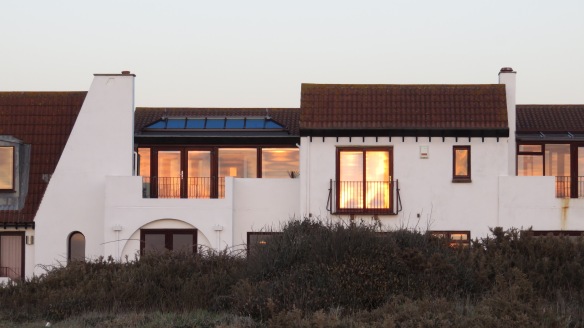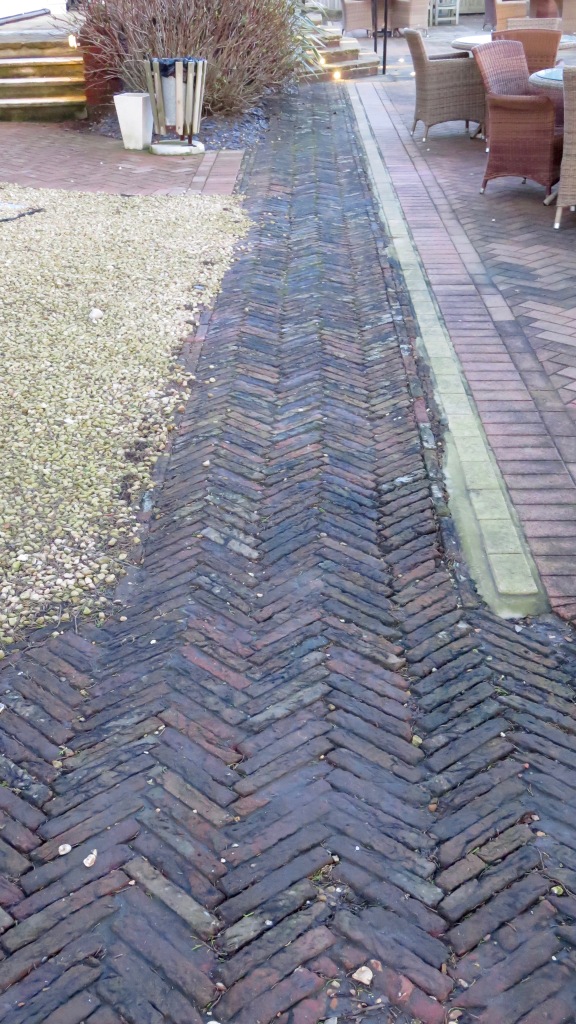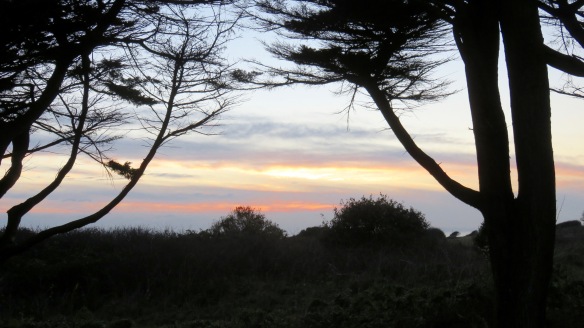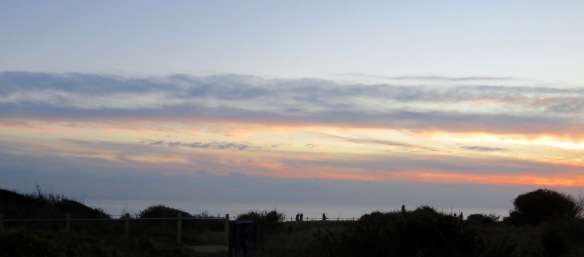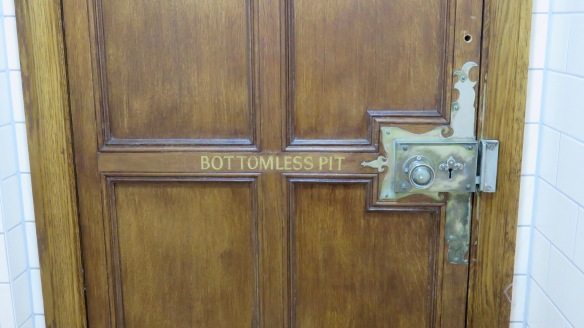CLICK ON ANY IMAGE IN A GROUP TO ACCESS ITS GALLERY, INDIVIDUAL MEMBERS OF WHICH CAN BE VIEWED FULL SIZE BY SCROLLING DOWN AND CHECKING BOX AT BOTTOM RIGHT
Until late afternoon I rather dozed the time away today. Jackie then drove me to the north of the forest and back. I was able to swing my left leg into the car without falling foul of the bottom of the passenger door.
As we approached Ibsley we were held up by ponies blocking the road. The first of these photographs was taken through the windscreen. Jackie wasn’t really able to manoeuvre the car into a position for me to use my passenger seat window, so I nipped onto the verge to take the second shot.
Knowing that these animals were likely to cross the now dry ford, we decided to position ourselves ahead for them and wait for their arrival. The first of these images was made while standing beside the car; the second, after I had settled back inside, through the driver’s window.
We crossed the ford ahead of the ponies, and waited. And waited. And waited some more. The creatures remained beside the bank of the stream. Once more I disembarked and advanced on the horses with the aid of my crutch. Giving me just time enough to reach the other bank, the beasts, en masse, rounded the corner, crossed the ford, and surrounded the car. By the time I reached it they were wandering into the shade. They may not have known that we were playing cat and mouse, but they won anyway.
A little further along the road a pale ochre cow, as if in a rugby ruck, picked its way over a heap of prone players before settling down to chew the cud. Jackie had positioned the car suitable for me to take these through my own window.
Donkeys on the road at Hyde were unusually frisky. I took the first of these pictures through the windscreen, the other two through Jackie’s open window.
The pond at Abbots Well is looking quite dry, but it still attracted cattle for a drink. Two calves, like any other pair of playful infants, bounded round to the far side of the water before slaking their thirst on their own.
We dined this evening on beef burgers, fried onions, creamy mashed potato, crunchy carrots, and cabbage, with tasty gravy.





